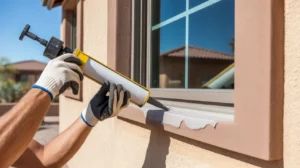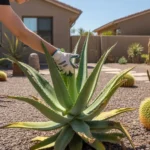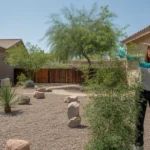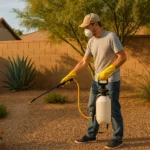Pests are relentless when it comes to finding ways into your Queen Creek home. From tiny cracks to hidden gaps, these determined invaders will exploit any vulnerability to gain access. But you can stop them in their tracks by sealing off common entry points. With some targeted effort and the right techniques, you can fortify your home’s defenses and enjoy a pest-free sanctuary.
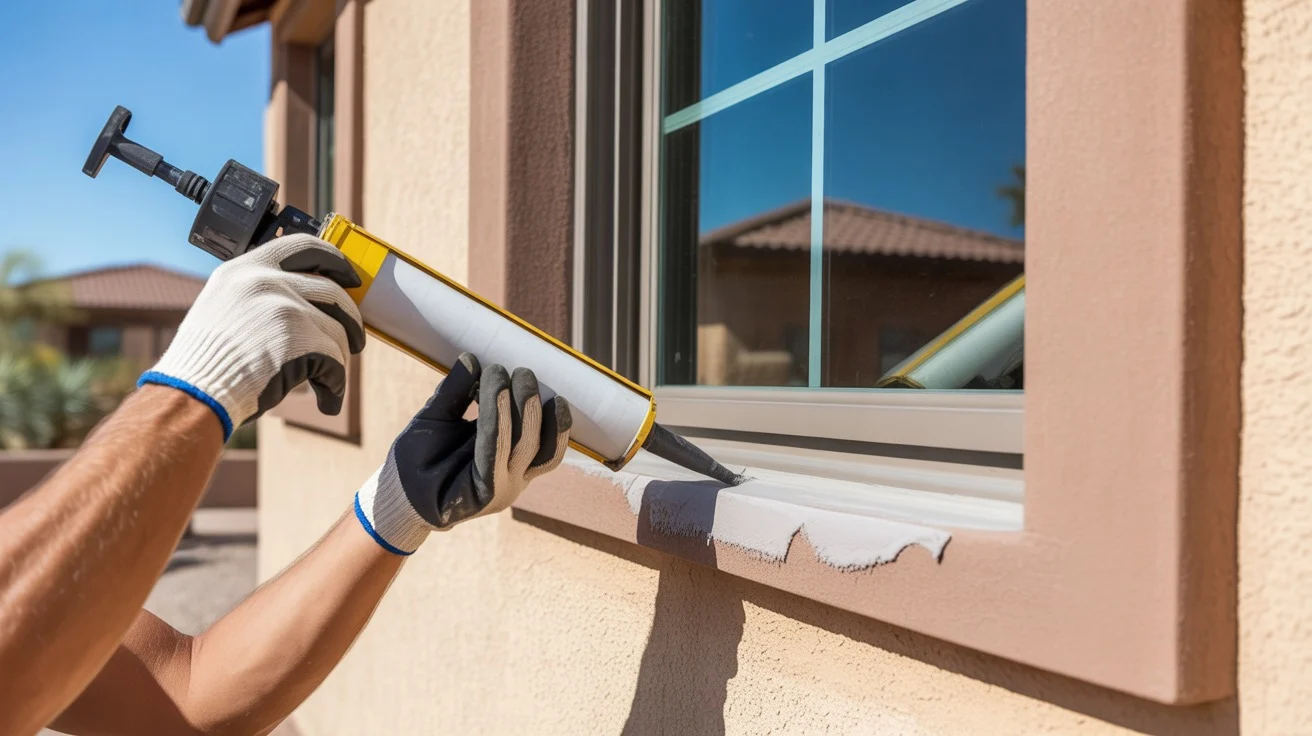
Inspect Your Home’s Exterior
The first step in sealing pest entry points is conducting a thorough inspection of your home’s exterior. Grab a flashlight and take a slow walk around the perimeter, scanning from the foundation up to the roofline. Look closely for any cracks, gaps, or holes—no matter how small they may seem.
Pay special attention to areas where different materials meet, such as around windows, doors, utility penetrations, and siding transitions. Pests are masters at squeezing through tight spaces, so even a tiny opening can be an open invitation. Make note of any suspect areas you find so you can come back and address them.
Caulk and Seal Cracks
Once you’ve identified potential entry points, it’s time to get sealing. For small cracks and gaps less than 1/4 inch wide, caulk is your go-to solution. Use a high-quality, flexible exterior caulk that can withstand the harsh Queen Creek climate without cracking or shrinking over time.
Cut the caulk tube at a 45-degree angle with an opening about the size of the gap you’re filling. Apply steady pressure as you run a smooth bead along the length of the crack, slightly overfilling it. Then, use your finger or a caulk smoothing tool to tool the bead into the gap for a professional finish. Wipe away any excess and allow it to dry completely.
Install Door Sweeps and Thresholds
Doors are notorious for leaving sizable gaps that pests happily march through. To close off this common entry point, install sturdy door sweeps on the bottom of all exterior doors. Look for sweeps made of durable materials like aluminum and dense bristles or rubber strips that create a tight seal against the threshold.
If your door thresholds are worn or no longer sit flush, it’s worth replacing them entirely. Choose adjustable thresholds that let you fine-tune the height for a precision fit. With fresh sweeps and solid thresholds, you’ll slam the door shut on pests for good.
Repair Damaged Screens
Torn window and door screens are like a “Welcome” sign for flying and crawling pests. Even a small rip or hole can quickly grow as insects work their way through the mesh. Inspect all your screens carefully and repair any damage promptly.
For minor tears, screen repair tape can provide a quick fix. Just clean the area around the damage and apply the tape on both sides, pressing firmly to seal. For larger holes or extensively damaged screens, it’s best to replace the mesh entirely. You can purchase screen frame kits and mesh at home improvement stores and tackle this project yourself in an afternoon.
Protect Your Vents
Vents are essential for healthy air circulation in your home, but they can also be a sneaky way for pests to get inside. To keep critters out without compromising airflow, install protective vent covers on all your exterior vents, including those for your roof, gables, and crawl space.
Look for covers made of sturdy materials like galvanized steel or high-impact plastic with a fine mesh screen. The mesh should be small enough to block even the tiniest pests while still allowing unrestricted airflow. Secure the covers with caulk or screws for a tight, tamper-proof fit that pests can’t circumvent.
By taking a proactive approach to sealing pest entry points, you can create a formidable barrier around your Queen Creek home. It takes some effort upfront, but the payoff of a pest-free living space is well worth it. Stay vigilant, maintain your defenses, and enjoy the peace of mind that comes with keeping pests firmly on the outside looking in.

